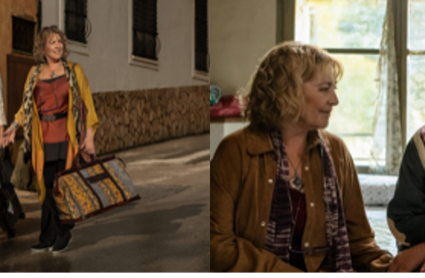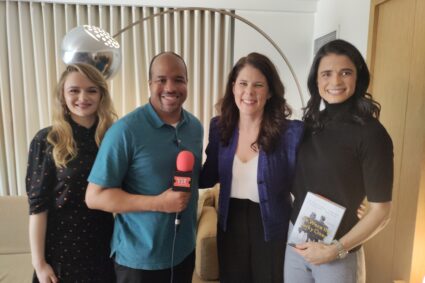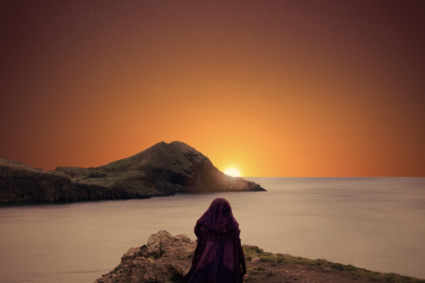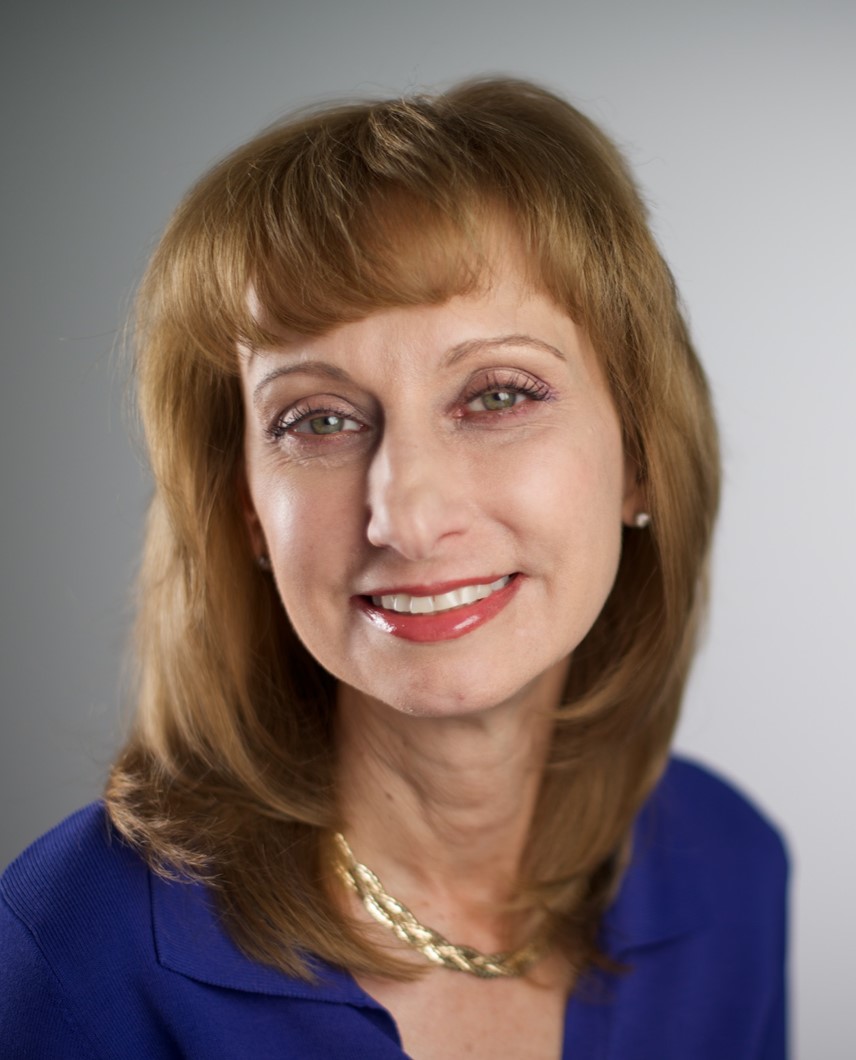
On this edition, THE INTERVUE, we will delve into a true story of a tragic event that happened three years in New Zealand with the upcoming Netflix documentary, The Volcano: Rescue from Whakaari and I will be talking to one of the leading experts in planetary science about her take on the doc and gives us a lesson about this force of nature!
On December 16, Ron Howard produced documentary, THE VOLCANO: RESCUE FROM WHAKAARI, releases globally on Netflix, from Oscar nominated director, Rory Kennedy,
“The Volcano: Rescue from Whakaari” tracks the minute-by-minute unfolding of the tragic volcanic eruption off the coast of New Zealand in December of 2019, ultimately claiming twenty-two lives. Both terrifying and inspiring, the documentary uses first-hand accounts to convey the experience of living through such a lethal eruption.
Our guest today is the Directorate Scientist for the Planetary Science Directorate and a Senior Research Scientist at NASA’s Jet Propulsion Laboratory, Dr. Rosaly Lopes.
Dr. Lopes, how you doing?
Good. Good, nice talking to you.
This was a very powerful documentary. I mean, to go minute by minute of the unfolding events that happen on December 2019, which we got to hear from the survivors. We got to see the video. And we got to see how it affected people’s lives during and after the event. From what I’ve read, Whakaari is the Stratovolcano island on New Zealand’s northeastern Bay of Plenty. For those who do not know what is a stratovolcano.
A stratovolcano is a volcano that is formed both by lava and explosive activity. So it’s layered. And there are many stratovolcanoes in the world in if you look at the volcanoes in the Andes, in Japan, you know Mount Fuji, volcanoes in Indonesia, they are stratovolcanoes. And they are a different type than volcanoes in Hawaii and Iceland.
For example, they are what we call shield volcanoes, and they are made up mostly of lava flows. Now what happens is that the shield volcanoes are kind of like the gentle volcanoes, because they have lava flows, but they are not explosive, the stratovolcanoes are the dangerous ones. So when you’re around the stratovolcano, you really have to be careful.
You’ve actually written a book back in 2005, called “The Volcano Adventure Guide”, which you described every volcano on the planet, how to behave around them. So what are some of the warning signs that people that need to look for ?
In the volcano adventure guide. You know, what I explained to people is that there are these different types of volcanoes. And there are some that you can visit when they are erupting. l gave them safety tips to make sure that they knew how to visit these volcanoes but you can see activity in Iceland, in Hawaii, in Stromboli in Italy without much danger. But volcanoes such as Mount St. Helens, that’s also a stratovolcano. You don’t want to be anywhere near it. If it looks like it might erupt.
And so the way to visit those you know you visit after the eruption, you see the deposits and you see a lot of interesting things but if it looks like they might have erupt, you don’t go near them. And now Whakaari is put mildly, very dangerous volcano because this potentially explosive and can have what we call pyroclastic flows. Pyroclastic flows are flows of hot ash gas. And they can run down the mountainside at hundreds of miles an hour. And they pretty much destroy everything in their path.
So a volcano that can have a pyroclastic flow is really dangerous. Now, Whakaari rarely erupted or had an explosion. In fact, I went there in 2014, I did exactly the same tour that those tourists did. I was aware of the dangers, much more than the majority of people who go there. But I knew that the chances that it would have something bad happened at the exact time that I was there was pretty small. So it was, it was a risk. And in my view, because of my interest of volcanoes, it was an acceptable risk. But all the time that I was there, I was really carefully watching out for any sign of a possible change.
For you know, what escape route I could take if something bad happen, even though it is difficult to escape from that type of activity. I think that a lot of people who visited really, you know, had no idea that even though there was a safety briefing and all that, and but they didn’t know that, potentially, it could be very nasty.
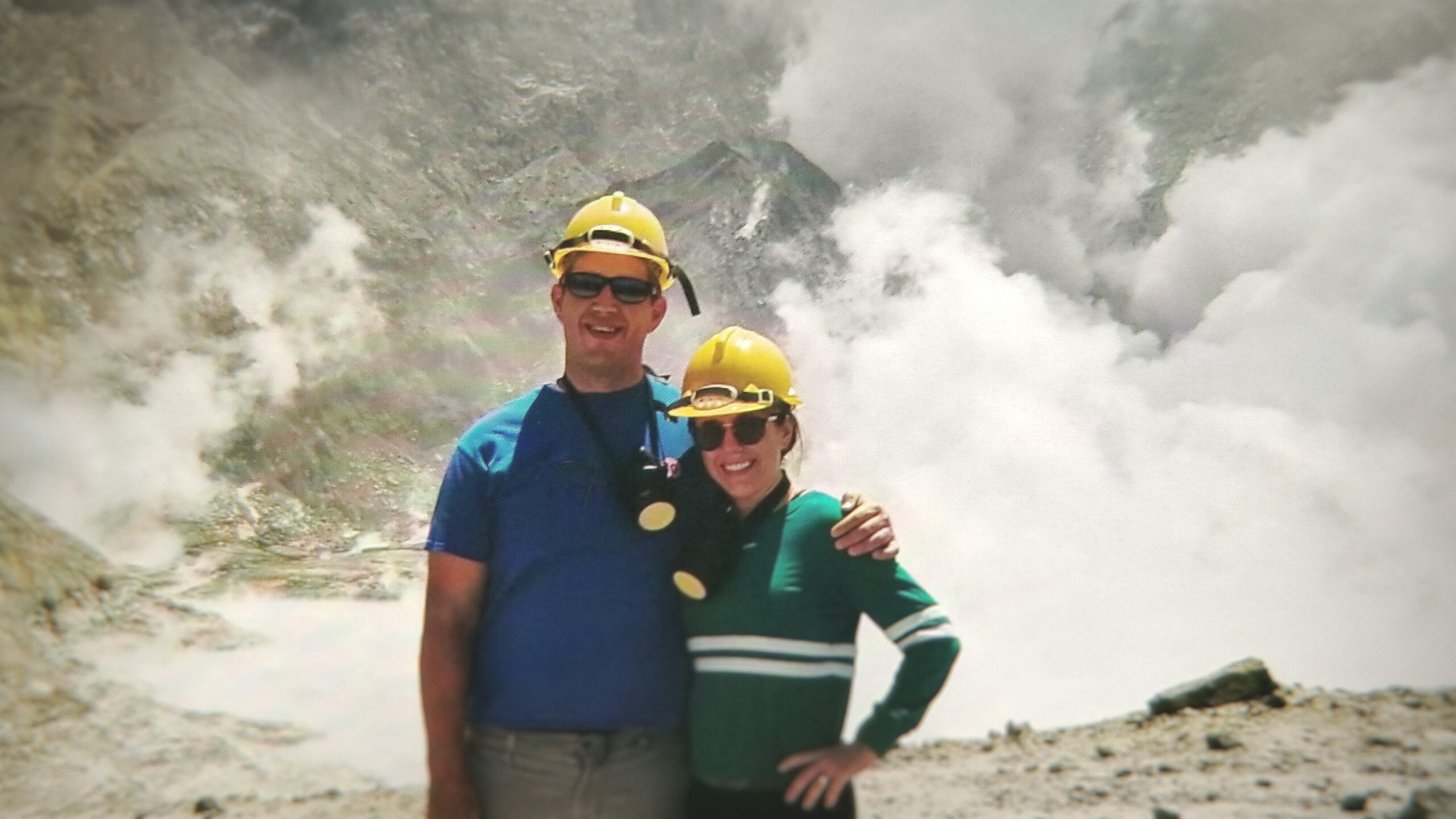
Absolutely, right. Now, what I’ve read that you have watched the documentary that most of us are about to see on December 16th, a few days from now, what is your humble opinion about the documentary itself?
I was very impressed. I thought that the documentary did a great job of telling the events of the day and the stories of the people who went there. At one point, it made me cry, you know, I mean, it was quite tragic. I know that a pyroclastic flow would really be a horrible death. Even the people who didn’t die, yes, I mean, the burns in a very severe, there are a lot of people in a lot of pain. It was also a heroic story of people who went there to rescue, including the helicopter pilots, that were not supposed to go there and they did. They risked their lives to, to bring people back. It was not so much like a science documentary. It was the story of what happened that day. I thought it was really very well done. I was very impressed.
Now, I want to talk to you a little bit more about you because when I read about you, you grew up in Rio de Janeiro you watched Star Trek, which I’m a Star Trek fan myself. Your fascination with space and exploration actually came from Apollo 13 and the story of Francis Northcutt. I want you to talk about what about her and learning about Apollo 13 makes you want to pursue science.
Well, I was fascinated by the Apollo program. But in those days, all the astronauts were men except for one Russian female. All the people you saw working on Mission Control were men and I still wanted to be to work for NASA. When I saw a photograph of Francis Northcutt, she was known as “Poppy”. And when I saw a photo of her at Mission Control, she calculated trajectories to bring back the Apollo capsules. She worked on the trajectory for Apollo 13. And I saw her photo in a Brazilian newspaper. And that was such an inspiration, because I thought if she can do this, you know, I can do something similar as well.
And the funny thing was that after I graduated, I came to the United States. I studied in England, and then came back to the US as the postdoc to work at JPL. I tried to find her and I found out that she had left a space program and became a lawyer. And it was many years later that we were able to make contact and actually meet. It was really great. She said that she never thought she would inspire this girl from Brazil, but she IS science.
And now you work for NASA, you work for the Jet Propulsion Laboratory. And you made the Guinness Book of World Records back in 2006, for discovering the most volcanoes – 71 on Jupiter’s IO Moon while working the Galileo mission. And I read that you were originally going to be on the course for planetary science with volcanologist and planetary scientist John Guest, three weeks into your course, Mount Etna exploded and that changed your course, from just being a planetary science to also studying volcanoes on Earth and in space. I want you to talk to our viewers about the difference between the volcanoes on Earth and the ones you find in space.
Right. In fact, when I was an undergraduate, also set to study astrophysics and all the galaxies. And then I had this course in planetary geology, and I started to really enjoy it. And then the professor went off to Mt. Etna because it had erupted. I thought that was really exciting, and I ended up doing a PhD with him. Volcanoes on Earth have similarities to volcanoes on other planets, also a lot of differences.
I started out studying the volcanoes on Mars, shield volcanoes, mostly, like you see, Hawaii and Iceland, but they are much, much bigger. When I came to the Jet Propulsion Laboratory and joined the Galileo mission, I started studying volcanoes on IO. Io has a lot of lava lakes, those lakes are flava inside craters or calderas. Calderas are big craters. And lava leaks are very rare on Earth, but they are quite common on Jupiter’s moon Io.
So, that’s how you learn about volcanoes on other planets, you’re comparing them with volcanoes on Earth. On the other hand, studying volcanoes on other planets tells you a lot about the process of volcanoes and because they have conditions very different from you with what you would find on Mars. In fact, the Earth is the only place where we can we know we see plate tectonics. So there’s a lot that you learn either way. Either you learn more about volcanoes on Earth from studying volcanoes on other planets and vice versa.
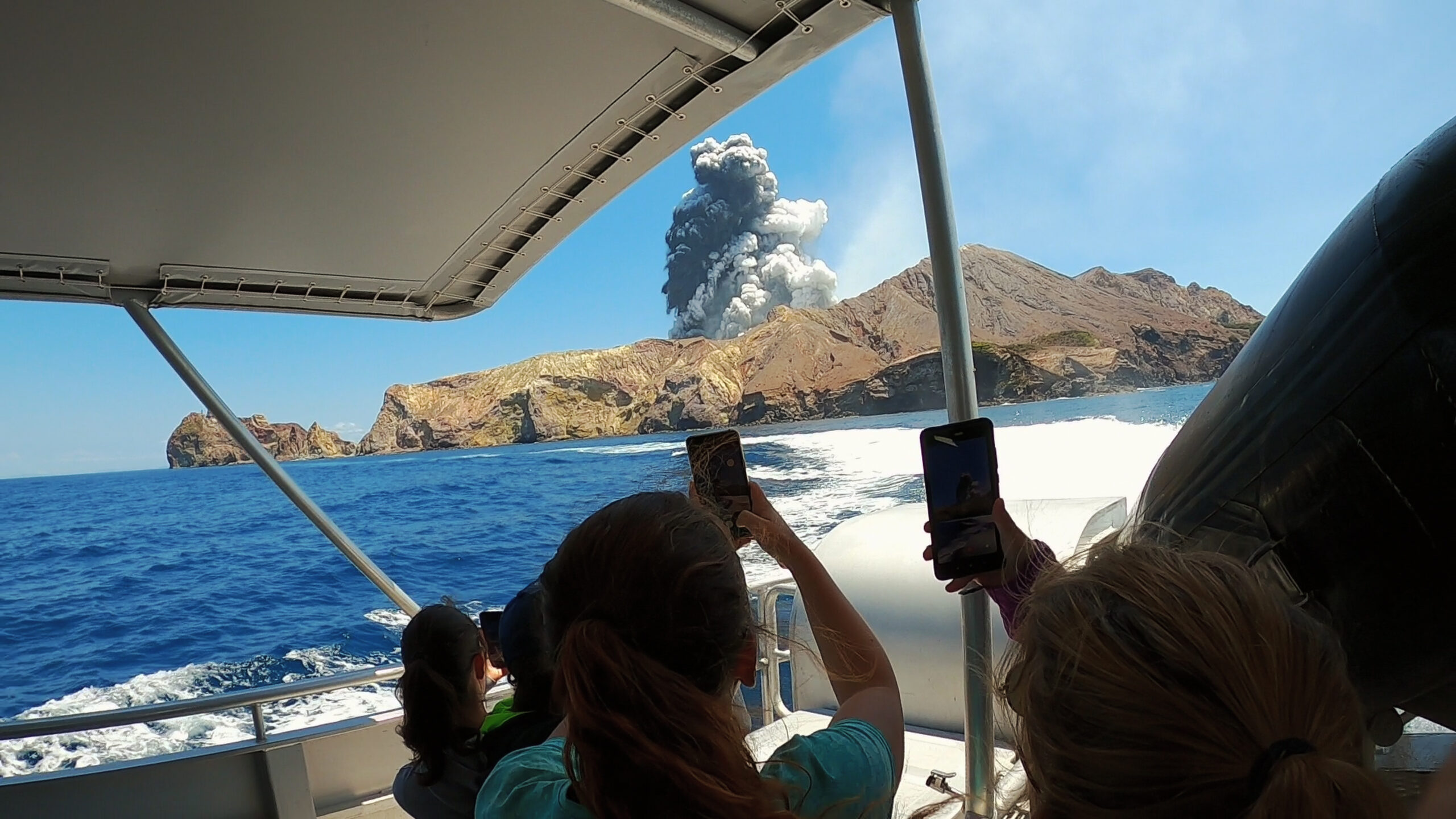
Why do you feel people should watch this documentary?
I think is a wonderful human story. It is a story of how sometimes you know people take risks that they are not exactly aware that they are taking and I always advised people to really educate themselves before they go to a volcano, for example. It’s very easy, you can go on the internet, and you can read about the place where you’re going to visit. Then you become aware of the potential dangers, you can make a more informed decision of whether you should go there or not. And this doesn’t go on for volcanoes, but for a lot of different things. We all take risks in life. That’s fine as long as we as we’re well educated and, and take calculated risks.
See “The Volcano: Rescue from Whakaari” NOW PLAYING on NETFLIX!
